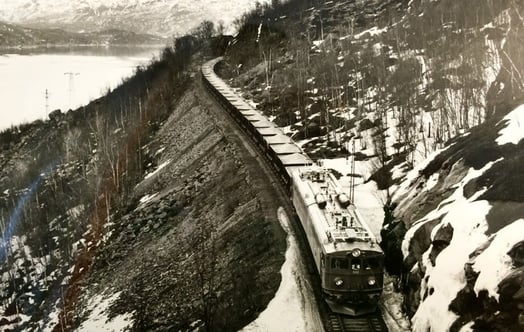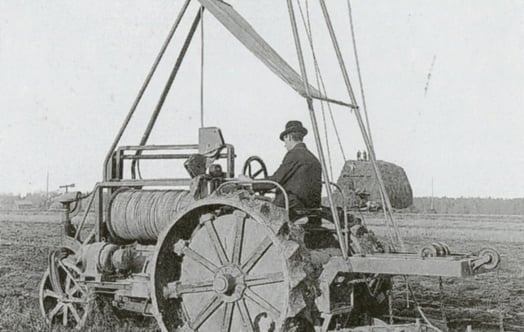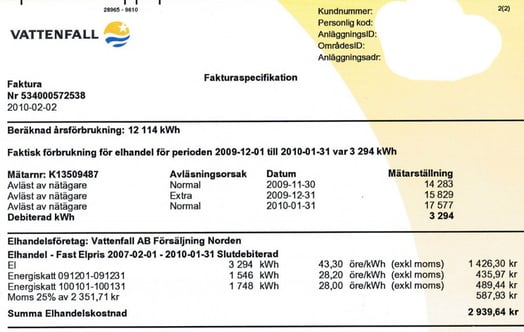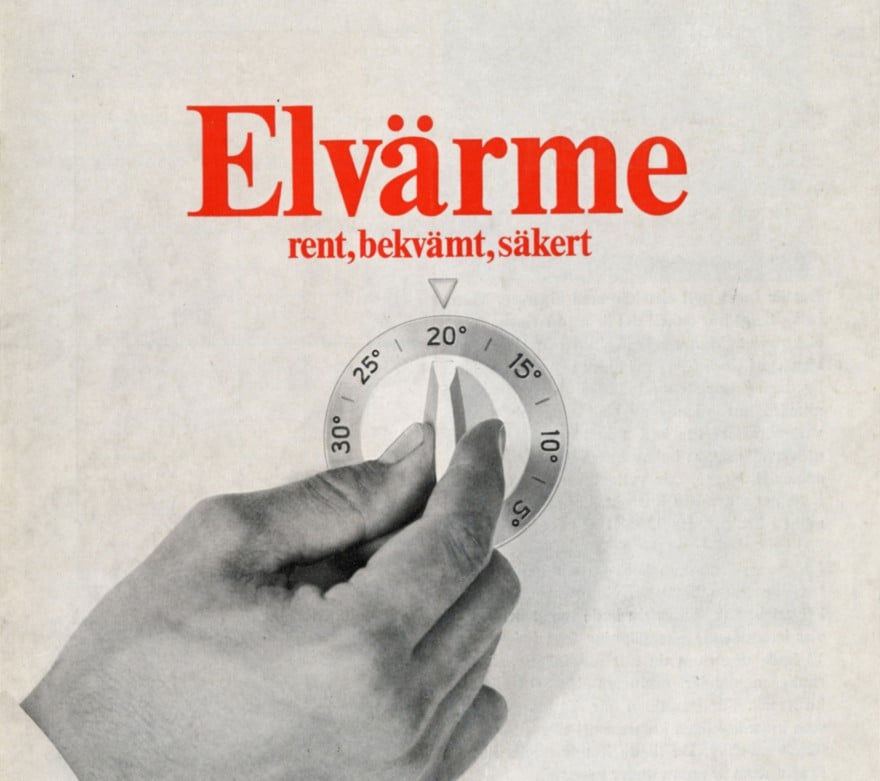
Vattenfall's marketing
It was only prior to the deregulation of the electricity market in the early 1990s that marketing and advertising of the brand first became crucial for Vattenfall. The 'två hål i väggen' (two holes in the wall) campaign had enormous impact with the public. However, publicity and information campaigns were nothing new.

Electric heating Year: 1967 | ID: A6_VF001023
Vattenfall conducted a series of campaigns aimed at farmers and households in the 1920s and 1930s, which included the FERA (Association for the rational use of electricity) and its buses, teaching housewives how to cook 'electrically'. From the mid 1930s and for decades to come there was no need to market electricity as a product – due to electricity shortage. However, during the record years of the 1950s and 1960s, Vattenfall produced a number of films. These showed how the country's hydropower resources had been successfully tamed. The films were shown in cinemas and in some years were seen by over one million visitors.

The exhibition 'El i hemmet', which was visited by 60 000 people. From the magazine 'Vi i Vattenfall', September 1965. Year: 1965 | Place: - | Creator: Okänd | ID: VF001024
When Vattenfall developed hydro power in the early 1960s, the company started promoting a new product – electric heating. The use of electric heating increased dramatically throughout the 1960s and 1970s. In brochures, films and other material Vattenfall promoted the benefits of electric heating over oil heating in particular. In one activity, Vattenfall equipped a 'fully-electrified single-family dwelling' in Trollhättan, where a family was to live for a year. In the first month, the home and the adjoining exhibition received 60,000 visitors.
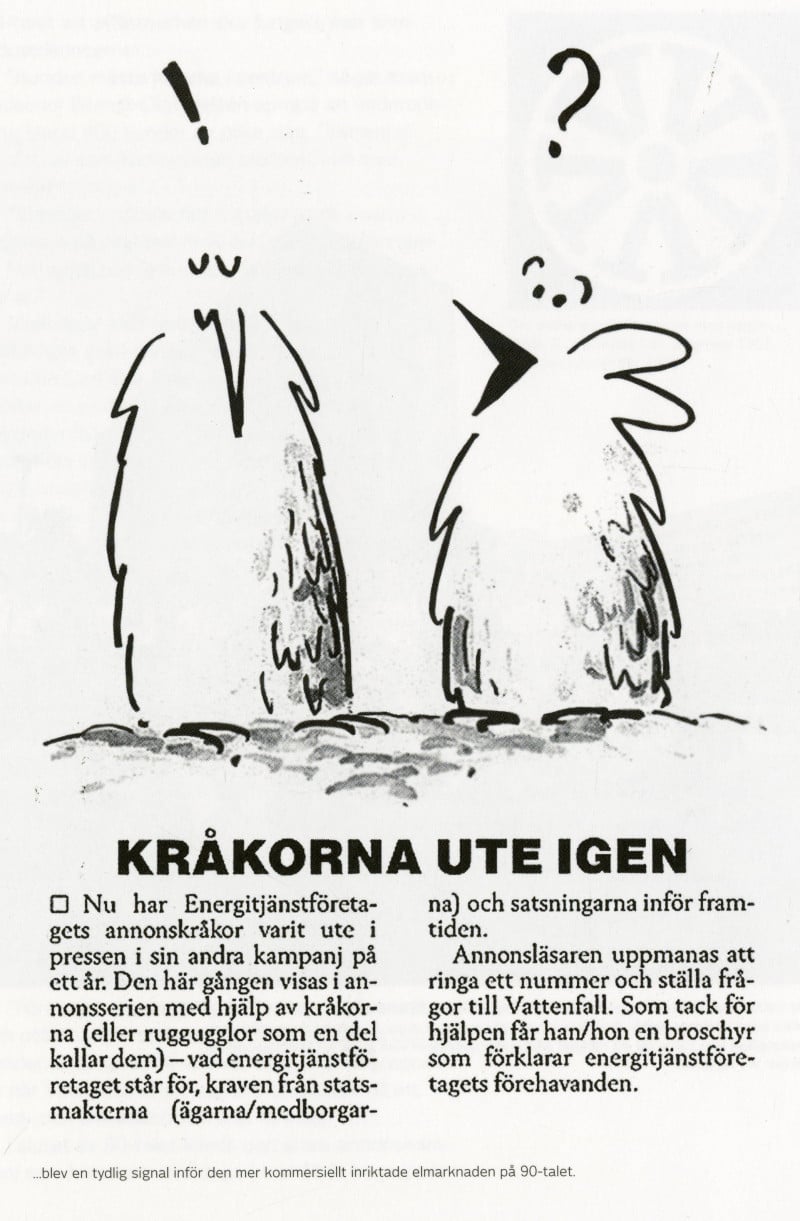
'The crows', a commercial. Year: 1989 | Place: - | Creator: Okänd | ID: VF001025
An attempt to show a different humorous side of Vattenfall was the so-called 'Crow Campaign' in 1988/89. Vattenfall wanted to provide information about energy issues in a brand new light-hearted way – advertisement readers were also encouraged to call and ask questions of Vattenfall.
Two holes in the wall
Following incorporation of Vattenfall in 1992 and deregulation of the Swedish electricity market, new approaches were required. The business was to be subject to competition. Vattenfall therefore needed to build its brand in the same way as Telia, Volvo, Shell and other corporations. This was a brand new approach for Vattenfall.
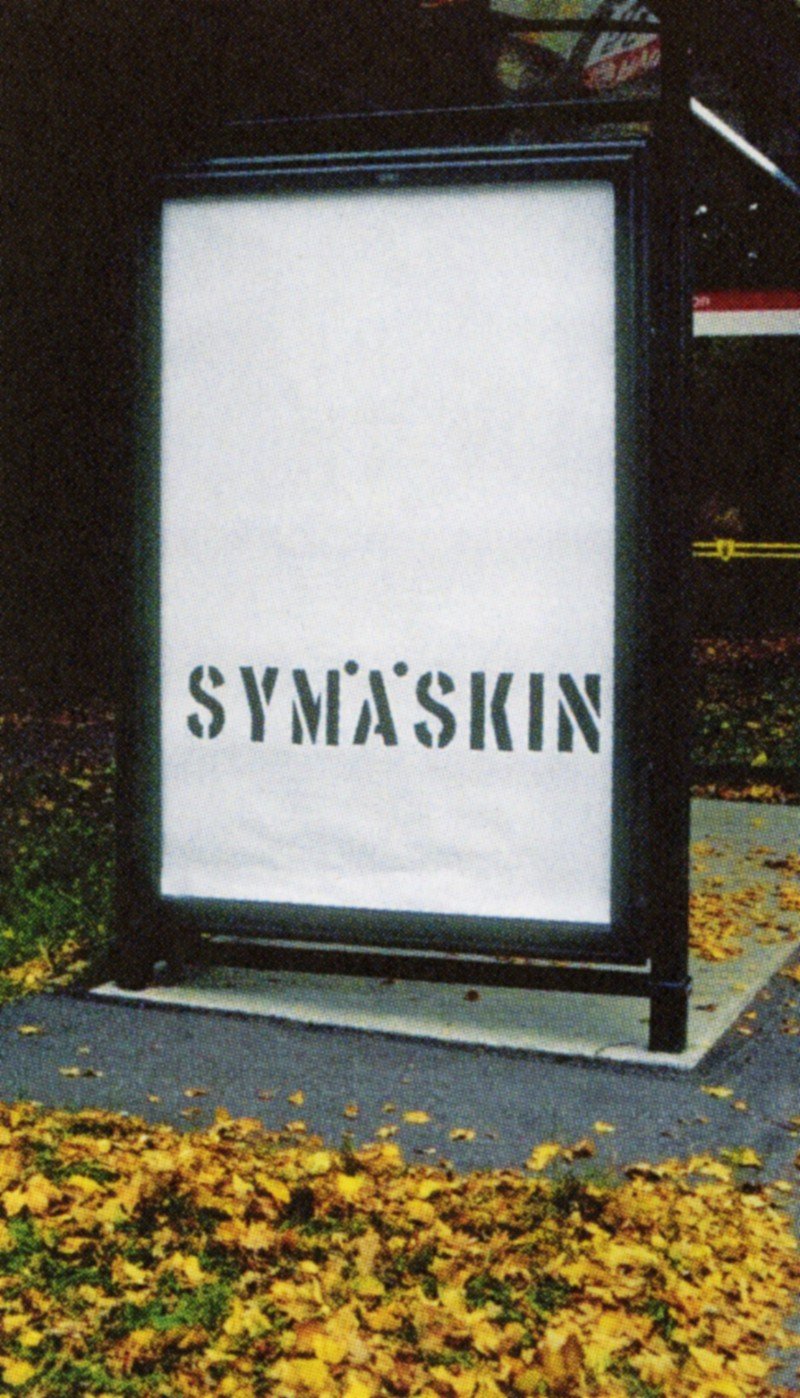
'Två hål i väggen'–advert. The 'Två hål i väggen'–campaign became so successful that sometimes all it took was a misspelled word to get the message across. Year: 1997 | Place: - | Creator: Okänd | ID: VF001055
Vattenfall had a budget of SEK 90 million for the first year alone. It was to be used to build awareness of and trust in Vattenfall. The concept of 'two holes in the wall' was used for this purpose. Vattenfall wanted to demonstrate the everyday use of what came out of the two socket holes that everybody had in their homes.

'Två hål i väggen'–advert. Year: 1998 | Place: - | Creator: Okänd | ID: VF001056
The campaign began in autumn 1997 when huge billboards featuring two anonymous dots started appearing around Sweden. People started taking wild guesses about the subject of the advertisements. Soon odd words started appearing on the boards where two dots, resembling the 'two holes', were put over the characters a and o to make them become the Swedish characters ä and ö. This created nonsense-words such as 'brödröst' ('toaster'), 'symäskin' ('sewing machine') and 'vitväror' ('white goods'). Meanwhile, commercials featuring everyday themes started appearing, combined with advertisements in the daily and specialist press. It was now clear what they were about.
Awareness of and confidence in Vattenfall increased, and the campaign also created a positive image of the company. This was important for matters such as staff recruitment. The campaign continued in 1998 and 1999. One highlight of the campaign was a commercial featuring Swedish entertainer Povel Ramel. It featured a rewording of his classic song 'Var är tvålen broder?' (Where's the soap, brother?) to 'Var är hålen broder?' (Where are the holes, brother?). The 'two holes in the wall' campaign was not just popular with the Swedish public. In 1998 it was awarded the top prize in Swedish advertising: a 'Guldägget' (the Golden Egg) award.
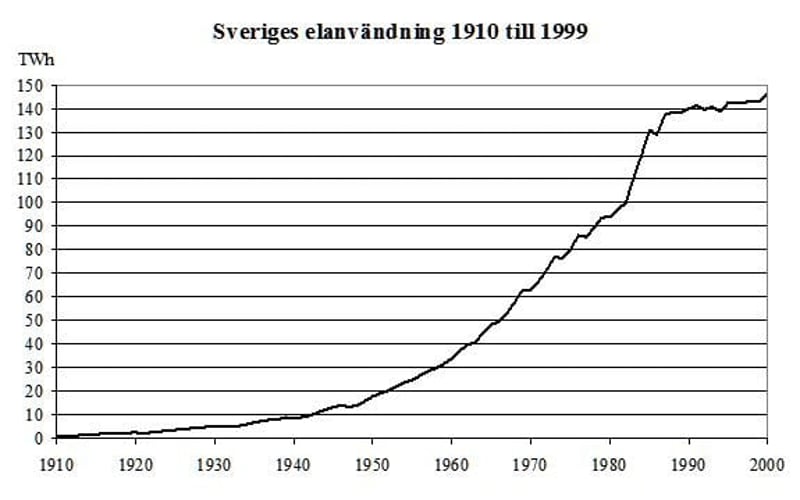
Sweden's use of electricity 1910–1999. Year: - | Place: - | Creator: Okänd | ID: VF100002
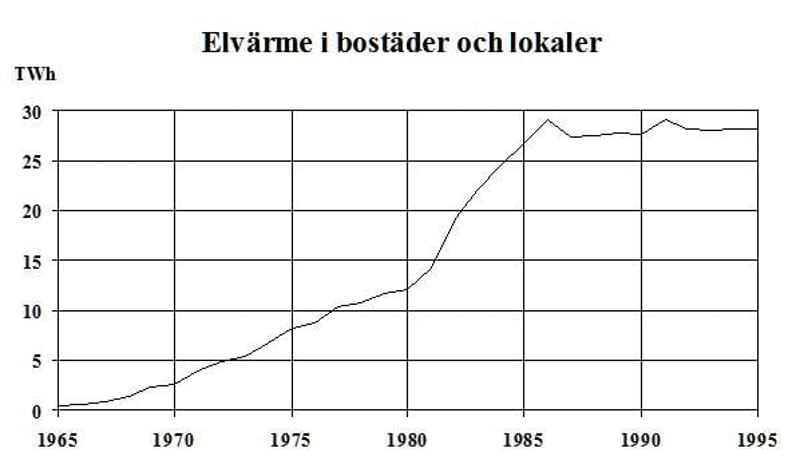
Electrical heating. A graph showing energy used for electrical heating. Year: - | Place: - | Creator: Okänd | ID: VF000213

